Another year has come and gone, and 2017 was a pretty good year for Apple. In addition to opening its new campus—Apple Park—they also refreshed their product lines and made strategic improvements to their software and services. Each and every year there are millions of eyes on Apple waiting to see what comes next. Some people hope for things that won’t likely happen, others wait for the latest upgrades, and some things can be predicted by Apple’s history or current leaks and rumors.
2017 Recap
Before we took a look at the 2018 wish list and expectations—both reasonable and farfetched—let’s quickly recap some of Apple’s biggest highlights in 2017.
Apple’s Spaceship
A spaceship landed in Cupertino, California and it was dreamt up by Steve Jobs and designed by Norman Foster.
In 2006, Jobs announced the plan to build a second Apple Campus on large amounts of land that they had secretly acquired. Now, almost a decade later Apple Park and the accompanying Steve Jobs Theater are complete.
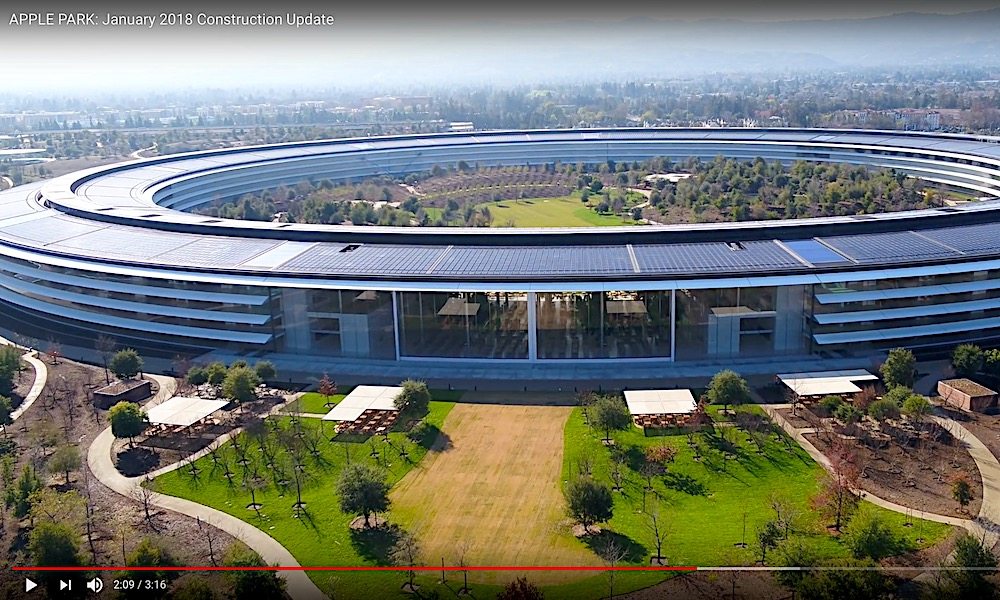
Apple Park consists mainly of a large circular building with all glass walls and a huge courtyard in the middle. It resembles a ring and has been compared to a spaceship on multiple occasions. The total cost of this incredible campus is estimated to be around five billion dollars.
Taxes and Politics
Apple has become more and more politically active. Their CEO, Tim Cook, is an openly gay man and has been very expressive about diversity, the environment, taxes, Donald Trump, and more.
Earlier in the year the European Tax Commission fined Apple over 13 billion euros in back taxes between the years of 2003 and 2014. Now, with the recent cuts to taxes, Apple may be bringing a large chunk—possibly $200 billion—back to the United States this year.
macOS, iOS, watchOS, tvOS… carOS?
Apple has been making upgrades and improvements to its software across its product lines. macOS High Sierra helped improve performance, brought new functionality to Safari, Siri, and Mail, and introduced an all new file system.
With iOS 11, Apple showed us that iPad still matters and brought a proper file management solution to its mobile devices with the Files app. Additionally, watchOS 4 showed the world that Apple Watch can do more than look pretty. And updates to Apple TV and tvOS show that Apple is getting more and more serious about video content.
But maybe the most interesting, was the product that will never happen: the Apple Car.
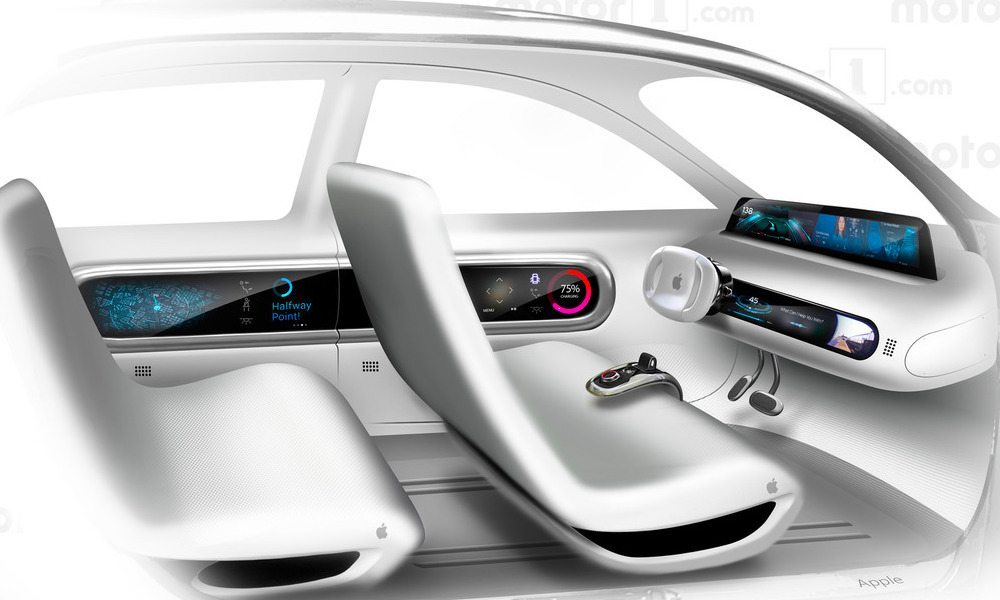
For a long time it’s been rumored that Apple is working on a secret project code-named Titan. Titan was thought to be—and very likely was—Apple’s plan for an electric vehicle. But in September of 2016, The New York Times reported that dozens employees had been laid off of the project and that only a small team remained.
In 2017, Tim Cook confirmed Apple’s interest in “autonomous systems” and it is now believed Apple is working on software or hardware components related to autonomous vehicles, rather than building their own car.
A Better Apple Watch
Last year was also a good year for Apple Watch. Users finally got the device they were waiting for. Apple Watch Series 3 was introduced last fall and features built-in cellular, GPS, and improved performance.

It also maintains all the features—and same design—from previous generations including wireless charging, third-party app support, and waterproofing.
The Mac Is Back
In today’s world more and more computing is being done in our pockets, on our wrists, in our cars, and even on our refrigerators. Computers still play an important role, but for many they’ve become more of a professional tool than a personal device.
Apple seems to realize this and Steve Jobs realized it years ago when he compared PCs to trucks at D8 in 2010. In 2017 Apple introduced the iMac Pro which has all the power you’ll need packed into the sleek design of an iMac.

With iMac Pro and macOS High Sierra, Apple has shown the Mac isn’t dead. It’s just adapting to newer times.
The Future of iPhone
With iPhone X, Apple didn’t just unveil a brilliant, all-screen device; they introduced us to the future of iPhone. The iPhone X isn’t perfect, but it may be the best iPhone ever made.
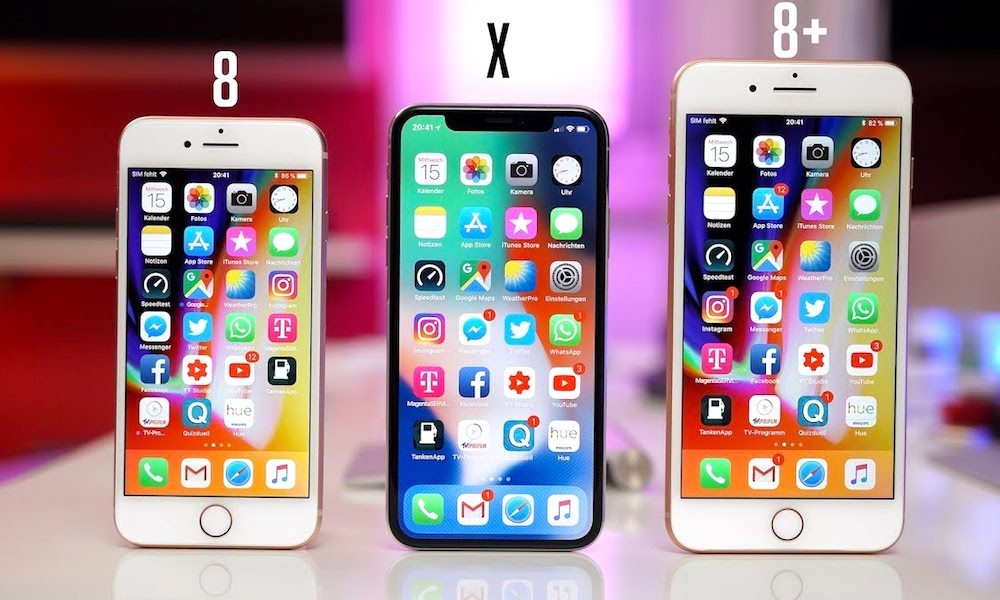
Its large Super Retina OLED display, TrueDepth camera with Face ID, glass and steel design, and A11 Bionic chip illustrate that Apple is still capable of making beautiful, powerful, and forward-thinking devices.
It’s a 4K World
Apple is finally embracing 4K. Its new Apple TV is more powerful than ever and capable of streaming 4K media. iTunes has updated many of its movie titles to 4K without any additional cost to the user. And 4K, unlike 1080p, exceeds the resolution of current iPhones and iPads, resulting in a crisper image than before.
But, it’s not all rainbows and butterflies…
With everything Apple’s achieved this year, they still have a long way to go. 2017 was plagued by multiple glitches and security flaws, saw the release date pushed back for HomePod, and the recent battery miscommunications were hot on the heels of 2018.
Additionally, while Apple made many welcome improvements and gave us an awesome new phone, they have yet to introduce something truly new to the market. Is this a big deal? Not likely. Apple has always been really good at waiting to release a product when it’s ready, rather than trying to be first. This hasn’t stopped them from having their own “firsts” and it has resulted in an arguably better customer experience.
2018 Wishlist
With all of that said, 2017 was overall a pretty good year. Apple is still the most valuable company and poised to become the world’s first trillion dollar company this year. Additionally they showed that Apple isn’t slowing down and remains focused as ever. But what’s next? What can we expect from Apple in 2018?
Sure we can assume there will be updated phones, new software updates, and improvements. But what else? Well we don’t have a crystal ball, but here are some things we’d like to see in 2018.
Custom Apple Watch Faces
Apple Watch is a fantastic wearable and Series 3 added highly-anticipated cellular connectivity and GPS. Apple Watch casings are virtually the same, but they come in different colors and two sizes. The real customizability comes in the forms of watch bands and faces.
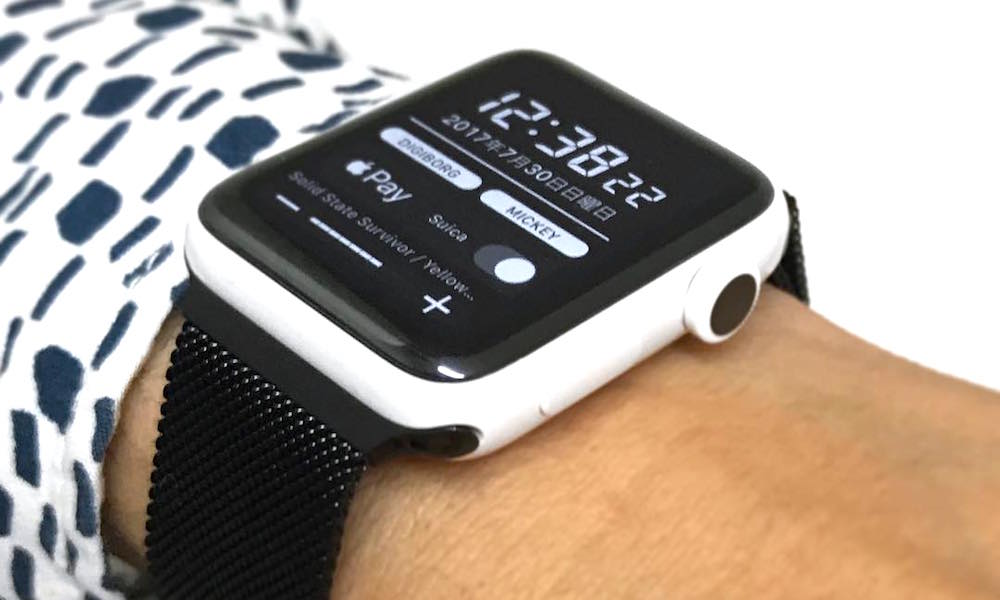
Although Apple has a lot of faces to choose from, it would be nice to be able to create your own. Apple could create a face store, offer exclusive faces from certain brands, or create some new faces of their own. Additionally, they could consider giving users the ability to design their own watch face on their Mac, iPad, or iPhone.
Face ID Improvements
Face ID can be kind of a mixed bag. I personally like it, but understand some users’ frustrations. Touch ID was easy to use because it felt like the natural evolution of the home button. Face ID is also easy, when it works. Most of the time it works, but the few times when it doesn’t it can be frustrating. We probably don’t need Touch ID back, but it would be nice if Face ID worked at wider angles, different orientations, and even in the morning when half of your face is in a pillow and you’re trying to turn off your alarm and wake up for the day.

Improvements to Face ID shouldn’t be restricted to its performance. Apple could also add new Face ID-dependent features. For example, your phone could be aware of the orientation of your face and your device and rotate or lock content appropriately. Or Siri could learn your facial expressions to better understand you, like when you’re upset or amused.
Adding Face ID to Macs, or even iPads, would create a more uniform experience for users and developers. Complex passwords result in better security and Face ID makes that security more convenient to implement. Imagine being able to sit down at your Mac and just start working.
Animoji was one of the fun things that Apple added as part of the TrueDepth camera system used for Face ID. It would be nice to see some fresh new (emoji) faces added to the mix. Additionally, improvements to the system could result in further points of tracking for a more expressive experience.
Enhanced Continuity and Handoff
Continuity is one of those features that just works (when it works) without any input from the user. Handoff is the same but requires the user to initiate it. If you’re unfamiliar with these features let me explain:
Continuity
This feature is sort of like a link between your devices. If you create a document on your Mac, you can continue making changes on your iPhone. If you’re wearing your Apple Watch, it will automatically unlock your Mac when you get close. If you copy text on your iPhone, you can paste it on your iPad.
In other words, it makes using multiple Apple devices seamless and easy.
Handoff
Handoff is part of continuity, it allows you to start something on one device and pick it up on another.
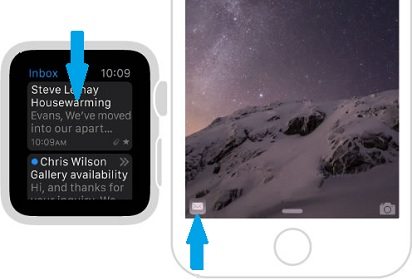
For example, you can start composing an email on your iPhone and pickup where you left off on your Mac with just a click.
Making it Better
While Continuity and Handoff are great, they don’t always work. It can be frustrating when you copy text on your iPhone, go to paste it on your Mac, and get something else. One thing that would be awesome for 2018 is improvements to reliability.
Media Support
The other thing that would make these features better is expanding their reach. One area that could really benefit from Handoff is media content. It would be awesome to start watching a movie or show on my Apple TV and easily be able to pick up on my iPad (and vice versa).
iMessage Sync
Apple said iMessage sync was coming, but we haven’t seen it yet. Essentially this would let users delete a message on one device and also have it deleted on the other.
For a better overall user experience, continuity and handoff should be expanded to more features and apps, and feature improvements in reliability.
iTunes Rebranding
Funny thing about iTunes, it’s not just for music anymore. In fact, on iOS there’s a Music app that features Apple Music. Here the iTunes app is merely a store, and it sells movies, television shows, and ringtones in addition to music. Not only is there a Music app, but there’s also a TV app for watching movies and shows. It makes more sense for Apple to let users purchase media in their respective apps and bring the Music and TV apps to macOS. Also, while they’re at it maybe they could rename iBooks just “Books.”
4K Disney Movies
Speaking of iTunes, it’s recently been pushing its new 4K content. Noticeably missing from the lineup is Disney. While this likely won’t change anytime soon (if at all), it would be nice to see Apple and Disney come to an agreement so consumers can get Star Wars, the Marvel Universe, Pixar, and other great Disney brands available in stunning 4K.
A Live Content Guide for Apple TV
Apple TV is great for consuming content and the TV app is great for finding it, unless it’s live…
Adding a live content guide to Apple TV and the TV app would allow users to pay for content through their TV provider(s), but access everything in one place. Being able to channel flip on Apple TV would make it the ultimate streaming device. Of course, this would also be dependent on provider cooperation.
A Smarter, More Understanding Siri
I first used Siri back when it was a third-party app and didn’t have a voice. Apple has brought Siri to new levels since then, but it can still be kind of dumb.
The main problem is Siri is billed as a virtual assistant (schedules appointments, calls you an Uber, makes reservations, controls your home, etcetera), but then also does things no normal assistant would be capable of (tells you how tall Barack Obama is, calculates the distance to Saturn, etcetera). The issue with this is its hard to understand Siri’s limits and it can be frustrating when it simply provides you with a Web search rather than the result you’re looking for.
In 2018, Apple should work on improving Siri’s knowledge base, giving it the ability to learn more about you and your preferences, and making it more contextually aware.
Contextual Awareness
If a user’s in a meeting when their calendar says “Work,” or at a movie that they have ticket for in the Wallet app, Siri should be smart enough to communicate silently and put their phone into do not disturb. If a user has an iPhone X and Siri sees they’re upset about something—using facial recognition—it should respond more professionally (less snarky).
Additionally Siri should be able to ask more follow up question and maybe even initiate conversation on its own. For example, if a HomeKit enabled security system goes off, Siri could ask the user if everything is okay and wait for a response.
More Customizability
More and more features may also mean things people don’t want. Apple needs to add options for enabling/disabling features and customizing Siri. For example, it would be nice to setup a different key phrase than “Hey, Siri!”
Cross Platform Collaboration
Apple tried (and failed) at bringing Safari to Windows years ago. But maybe 2018 will be the year that Apple brings some of its magic to other platforms. Currently iWork and some iCloud features are available via the Web. But iMessage, FaceTime, AirPlay, and AirDrop all remain locked to Apple hardware.
Being able to use iMessage and FaceTime on Android or Windows devices could help standardize Internet communications. And features like AirPlay and AirDrop could let users seamlessly share content and media across devices.
CarKit and Car App
While Apple may or may not be building a car, they are still working on autonomous systems and maybe even other car related software. Apple’s CarPlay is a great way to integrate your iPhone with your car. But what if third-parties—including the vehicle manufacturers—could do even more.
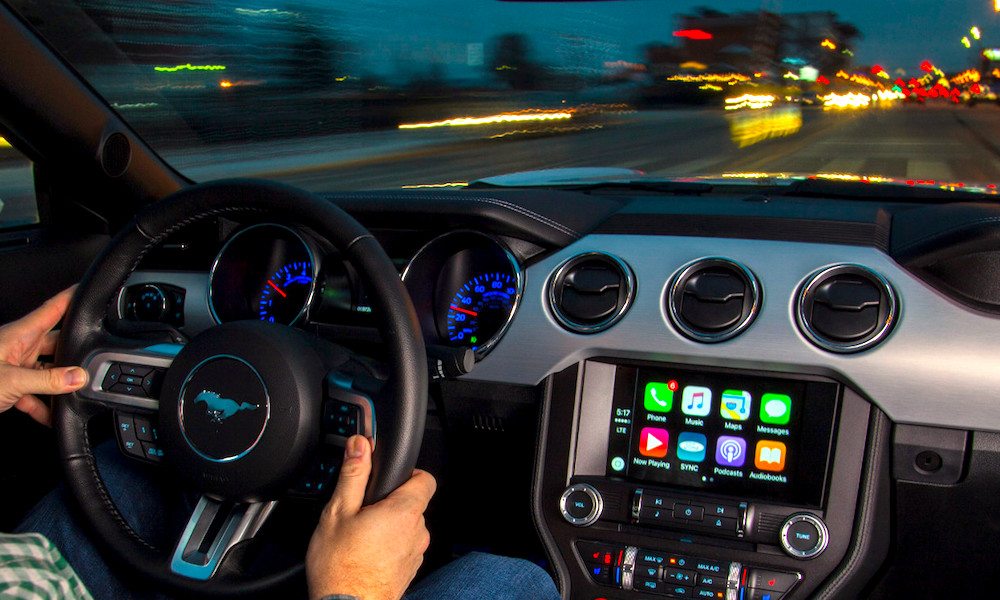
HomeKit and the Home app have led to the rise of third-party devices that can controlled from your iPhone. Imagine if Apple opened this kind of integration to vehicle manufacturers and accessories makers through a similar framework.
Current apps and software from car manufacturers are mediocre at best. They get the job done but don’t look pretty doing it, are sometimes difficult to use, or don’t offer any integration with your device. Apple could help fix this by introducing a new framework called CarKit and a Car app. CarKit and the Car app could allow vehicle manufacturers to display information and controls regarding your vehicle in one, easy-to-use app.
It could also add new commands to Siri such as “Start my car” or “Are my car’s doors locked?” In addition, this could help users have the same experience across vehicle brands and generations.
BusinessKit
But why stop at homes and cars? Many workplaces have a BYOD (bring your own device) policy which can pose new challenges for IT and at-work integrations. By creating a business framework, Apple could allow businesses to grant or revoke access to certain tools and integrations, while keeping personal data and work data separate. Additionally, new interactive integrations could be developed; such as smart locks at work, smart time clocks, CRM-integrations and more.
Acquisitions
Let’s face it: Apple doesn’t need to acquire businesses. Often when they do it’s to acquire patents or users, save time on R&D, or to keep technology services out of the hands of competitors. Take Shazam for instance, Apple can make their own music recognition algorithms but, it would take time, monetary resources, and Shazam is already used on many devices by many people.
So, while Apple may not need to acquire businesses, here are a few they might be interested in obtaining or emulating in 2018:
Hulu or Netflix
Both Netflix and Hulu have huge on demand content libraries and the proposition of Apple acquiring Netflix isn’t a new idea. Apple has shown interest in streaming video content with Apple Music and they’ve shown interest in television and movies with Apple TV.
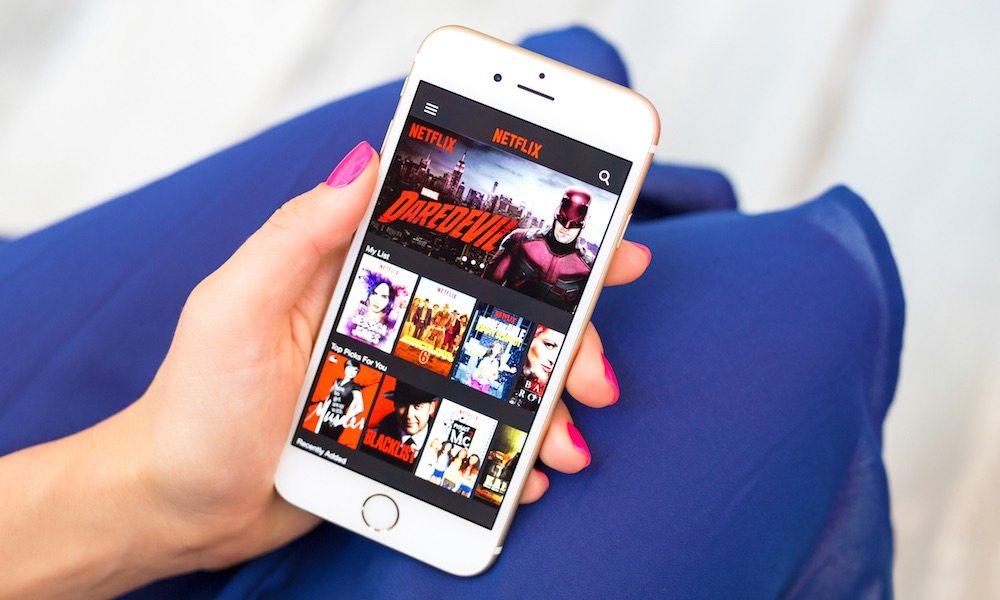
Hulu’s future is currently unknown with the Disney acquisition of 21st Century Fox, and it may be easier or harder to acquire because of this. What makes Hulu possibly more valuable than Netflix is the addition of its live TV streaming service.
Flipboard is a great app for consuming and curating written content. Apple’s News app has come a long way, but it still doesn’t feature a comments section and you can’t share content unless you’re a publisher.
Emulating or acquiring and integrating Flipboard could bring News to the next level and make it more appealing to the masses. In addition, Apple finally gets some form of social integration that it’s been longing for and keeps trying to push through music services (like the discontinued Ping).
Path or Twitter
Speaking of social networks. Apple could acquire a social network such as Path or the popular microblogging platform, Twitter. Path would be easily re-brand-able for Apple’s purposes, and Twitter could retain its own branding like Apple did with Beats.
Canary
Google has Nest Cam and Nest Thermostat. Apple has third-parties. For a company that prides itself on creating its own hardware and software, it’s weird that Apple has shifted its focus to software. Sure, they’re still very much a hardware company, but the latest hardware is HomePod, and it’s delayed.
It might be a good idea for Apple to make its own Home/HomeKit supported product, if nothing more than to show manufacturers how it’s done and generate excitement. Canary is the perfect acquisition target for this.
Canary is a smart home security camera that has beautiful hardware and software. It monitors air quality and temperature, watches for people, packages, and motion, and has a built-in siren. But, it often falls short on delivering promises and still lacks HomeKit. The hardware and app are well designed, Apple could purchase the company, add HomeKit support, and show everyone how it’s done.
Another benefit? It could be a great home for Siri since it has a built in microphone.
More Control Center Toggles and Better Widgets
People have been asking for home screen widgets for years. So Apple gave us Notification Center/3D Touch widgets. Then they made Control Center a lot better in iOS 11. But it’s still not what people were hoping for.
Some didn’t get it before. Widgets seemed gimmicky and useless on the home screen, until Apple brought out 3D Touch and now many people use it frequently to do simple things quickly from the home screen. But what could make it better?
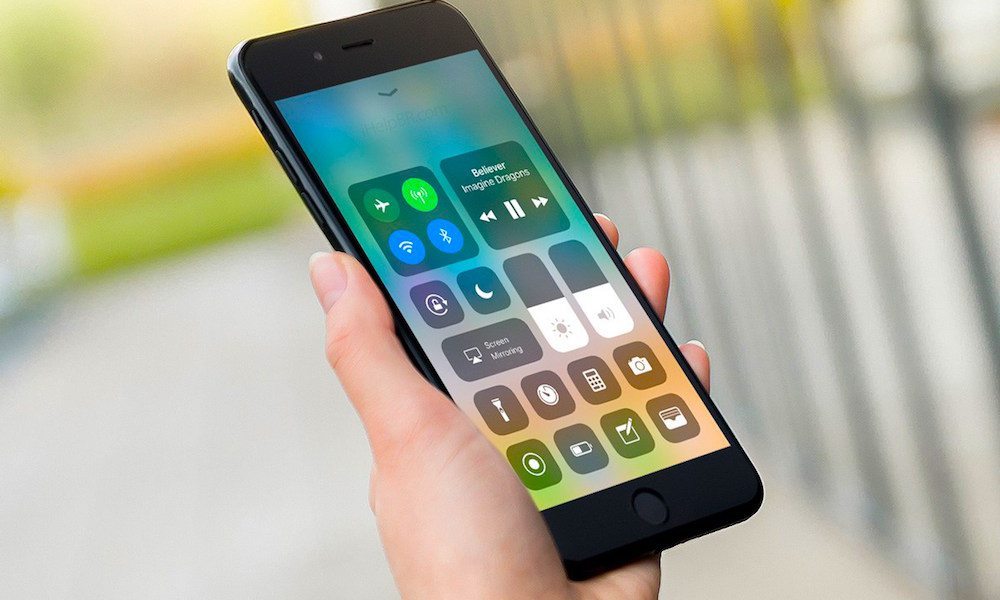
Surprisingly, doing what people asked for in the first place could make it better: give people the option to add these existing widgets to the home screen. Additionally, give developers more customization options for how they appear and function.
The home screen is starting to feel a bit stale here in 2018, after a decade of iPhone it might be time to shake things up a little. Then again, if it ain’t broke…
Third-Party Control Center Controls
Okay. So Apple probably won’t let developers add their flare to the home screen, even it would be fun to see. What would really be awesome, is if Apple opened up Control Center to developers. Third-party controls could really help to make Control Center one of iOS’ most versatile features.
Ability to Hide iOS Apps
Apple finally gave us the ability to remove stock apps. But that comes with its own set of issues. Wouldn’t it be better if we had the ability to simply hide certain apps? This way direct links could still work with apps; but more importantly, apps that people use only on Apple Watch or within iMessage won’t show up on the home screen.
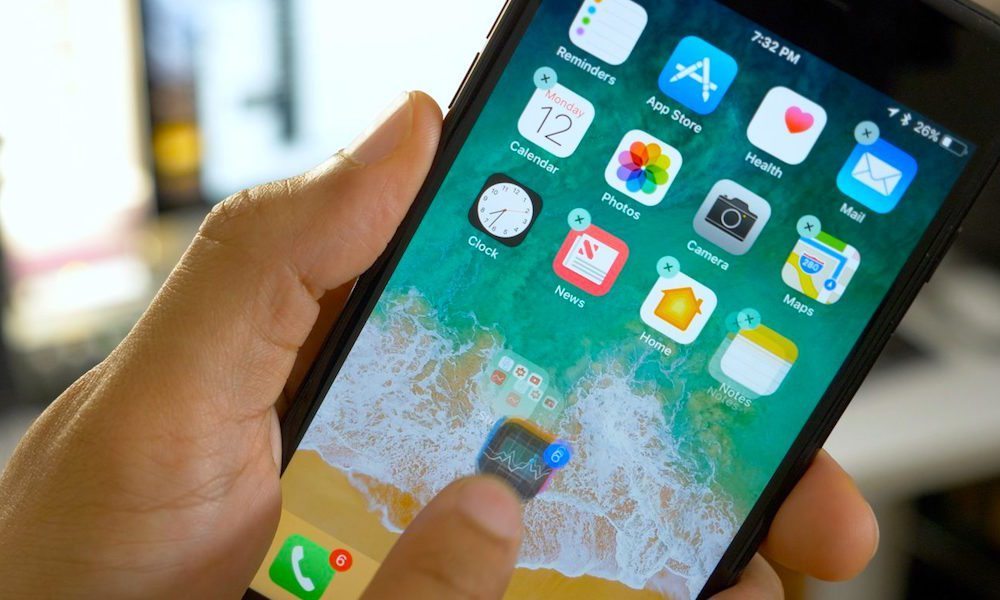
Sometimes apps that are installed on Apple Watch or only intended by the user to be used on Apple Watch. Giving users the ability to hide an app after its setup would mean less clutter on the home screen. Additionally, stock apps that can’t be deleted would at least be able to be hidden. It’s a small, but likely welcome change.
Touchscreen MacBook Pro, Touch Bar for Mac
Apple and others have done a great job explaining why it won’t ship Macs with touchscreens, but that still doesn’t mean they shouldn’t. While a touchscreen might not make a lot of sense on most consumer Macs, on computers used by professionals (such as MacBook Pro) it might make a valuable add-on option. Graphic designers, for example, could benefit if this were implemented in the correct way; and developers could test iOS apps right on their display.
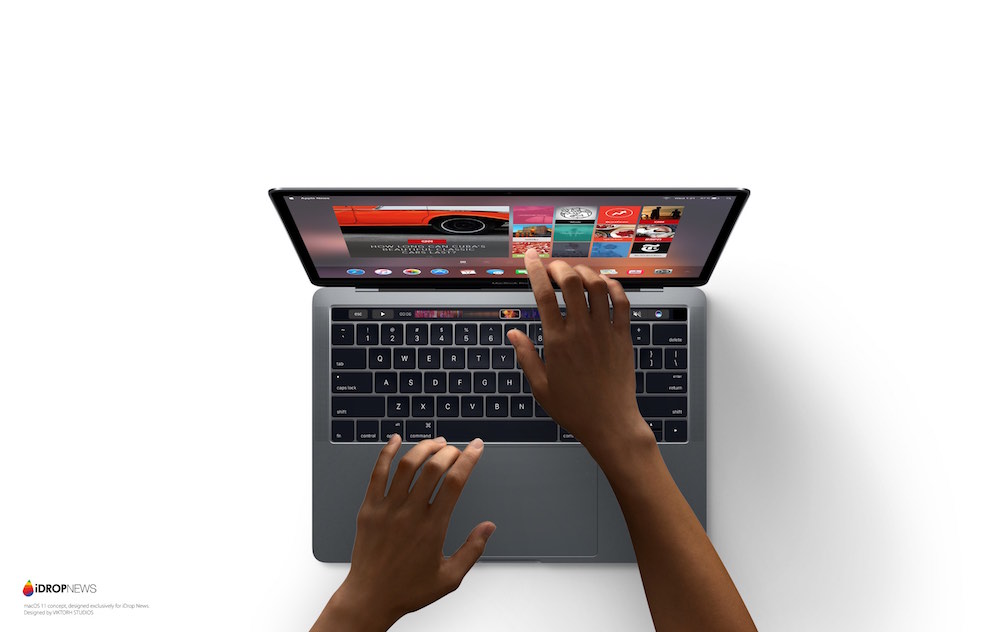
Apple introduced a Touch Bar for MacBook Pros as their solution for adding touch to the Mac. While it doesn’t quite check all the boxes some pro users are looking for, it may make sense for Apple to bring the Touch Bar to other devices in 2018.
What We Can Actually Expect
A lot of topics on this list probably won’t happen, and some of them might not be within Apple’s vision of the future. That being said there are a few things we can safely expect from Apple in 2018. You know? Things we didn’t get in 2017 (AirPlay 2 and HomePod) and the usual upgrades.
HomePod
The HomePod was supposed to ship by the end of 2017, but now it’s expected in early 2018. The Siri-enabled speaker will cost $349 and feature what Apple is referring to as “Spacial Awareness.”
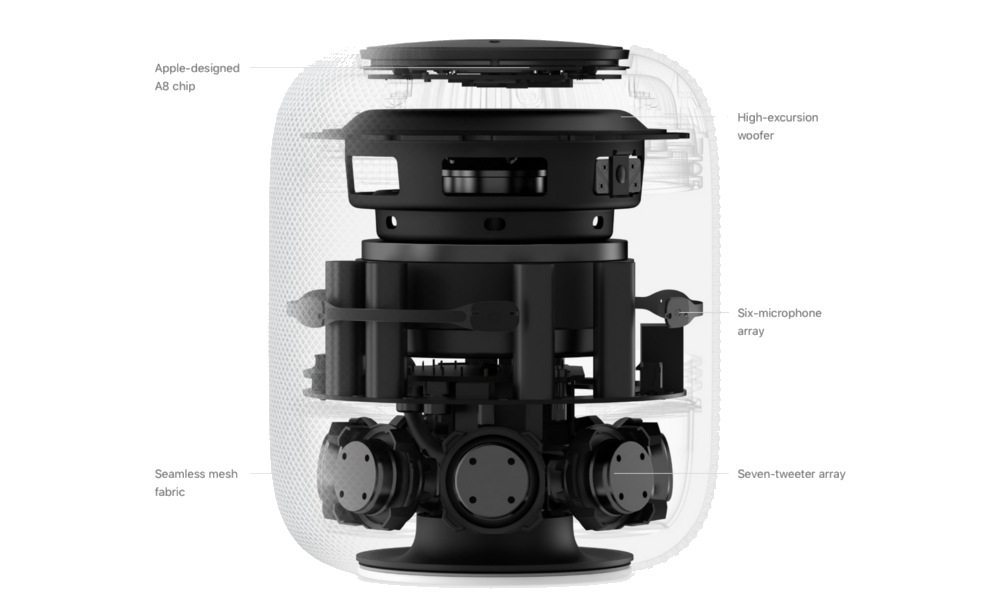
This unique feature will allow the speaker to sense the room it’s in and adapt its sound output for optimal audio quality. In addition, it will detect other HomePods and create an even better, surround sound-like experience.
New iPhones and iPads
Like clockwork Apple releases new iPhones and iPads each year. This year’s a little different since we skipped the 7s and went straight to 8 and X (10). We’ll have to wait and see what Apple has up its sleeve. But we could be looking at the next iteration of iPhone X, and a couple of new lower end models. We may even see an updated iPhone SE.
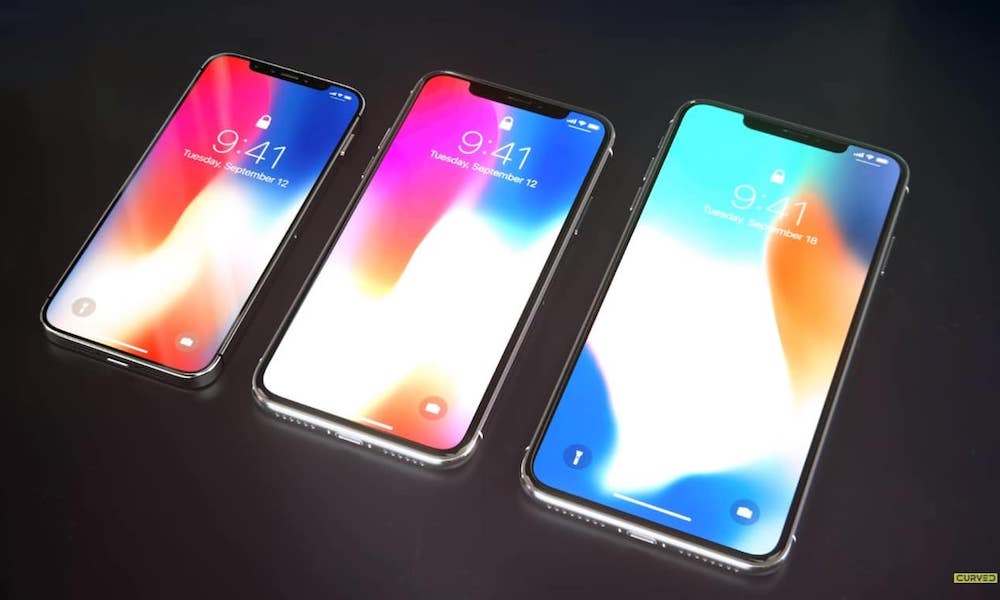
iPad has been steadily clawing it’s way back with the introduction of iPad Pro and iOS 11. Apple will likely have a refresh of the iPad lineup later this year. Expect better processors and hopefully and edge-to-edge display akin to iPhone X.
Apple Watch Series 4
Not much is known about Apple Watch 4, but it’s rumored that it will feature a microLED display that won’t require backlighting. This should provide more space resulting in a thinner watch with better battery life.
The design for Apple Watch has been the same since conception. Who knows? Maybe we’ll see some new casings.
macOS and iOS
WWDC 2018 is sure to delight with the introduction of iOS 12 and macOS 10.14. It’s rumored that Apple may be working on a project—code named “Marzipan”—that will allow developers to code apps that can be used on both macOS and iOS.
Final Thoughts
No one really knows what Apple’s thinking except for Apple. Some of the topics discussed (such a touchscreen Macs and iMessage for Android) will likely never happen. But, Apple has a long history of misdirection. They often say they aren’t working on what their competitors are doing, only to turn around and unleash exactly what their competitors were doing. Sometimes they make it better and sometimes they don’t. Personally I really hope to see Apple make their devices more powerful by offering developers new tools for getting the most out of their existing products.
from iDrop News http://ift.tt/2Dq22Gq
via IFTTT
No comments:
Post a Comment
Note: Only a member of this blog may post a comment.